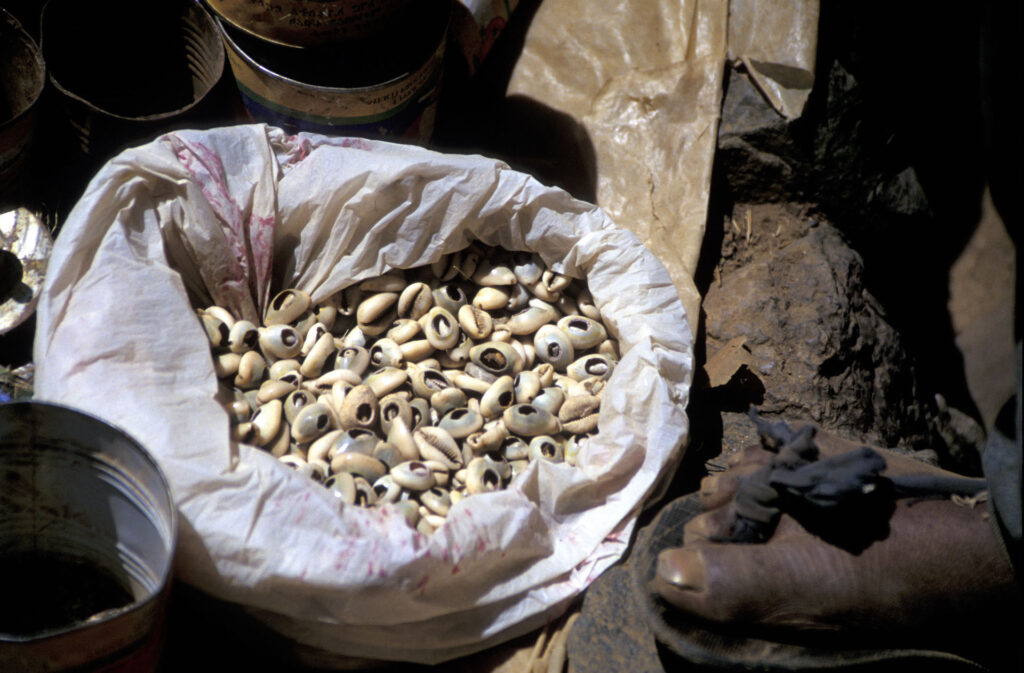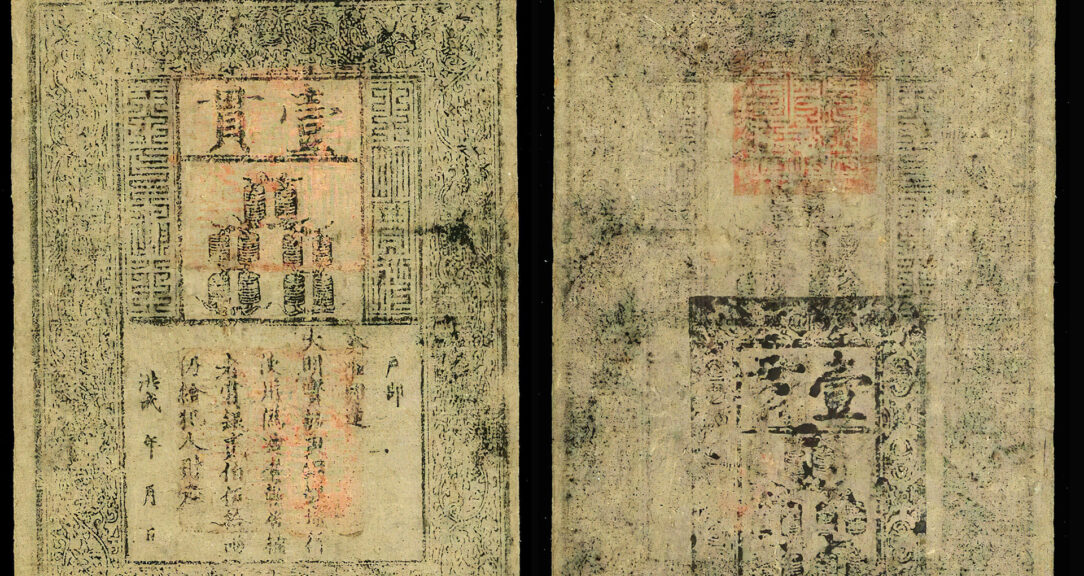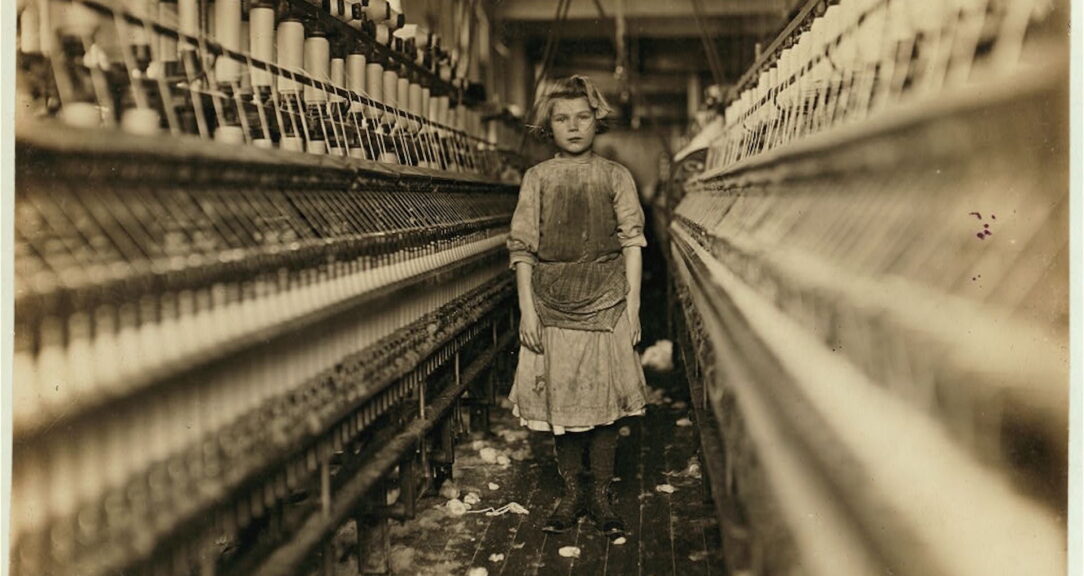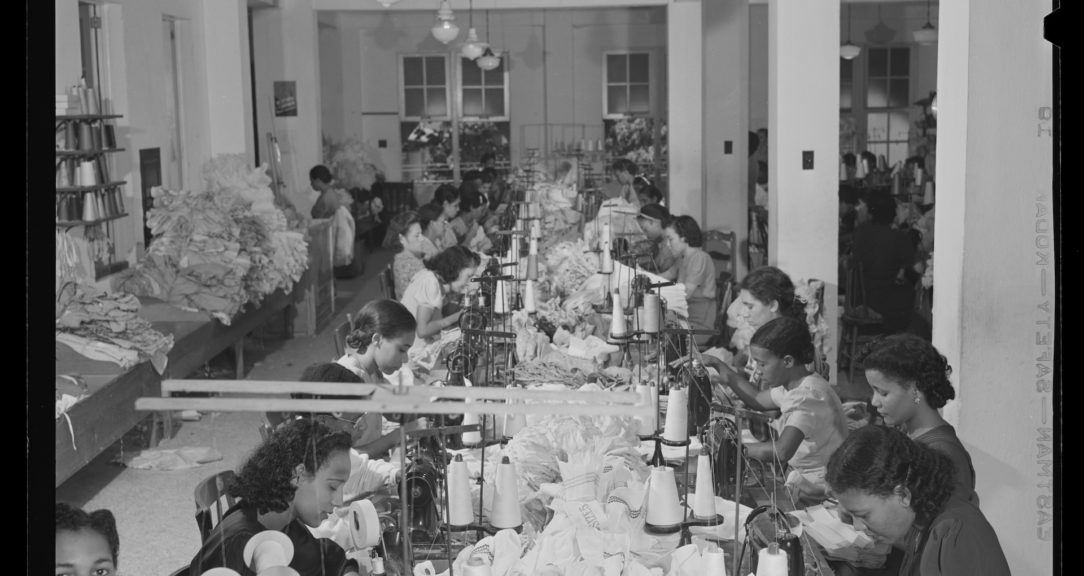Wealth, power, fertility, protection. In many parts of Africa, and especially in West Africa, cowrie shells embody all of these important symbolic meanings. While cowrie shells are no longer used as currency in West Africa, their impact lingers.
Cowries have been used as currency in many parts of the world, including in China since the 7th century BCE and in India since the 5th century AD. One of the first historical sources on cowrie shells as currency in West Africa dates back to the 14th century, when the explorer and scholar Ibn Battuta saw them in circulation in the Mali Empire.
Then in the 16th century, during the expansion of the transatlantic slave trade, demand for cowries in West Africa increased enormously. But how did these small shells come to play such a big role in the region?
Harvesting money
The main source of cowries were the Maldives. Located southwest of India, this archipelago was the home of one specific type of mollusk, later given the scientific name Monetaria moneta. These small shells come from sea snails that thrive in the rocky shallows across the Indo-Pacific tropical waters.
The preparation of the shells for export took several weeks to be completed, and was almost entirely done by Maldivian women. The mollusks were first fished from the water and then put into sand pits on the seashore. Once the snails had died, the shells were washed many times with seawater and freshwater. After this processing, the cowries became clean, shiny, smooth and ready for export. Until the 16th century, the cowries had to be transported across the Red Sea, to North Africa and across the Sahara Desert to reach West Africa: a one-year journey.
In the 16th century, the Portuguese reached the Maldives during their explorations of the Indian Ocean, and soon realized the archipelago was the source of the cowries that were so in demand in West African ports. The first Portuguese shipment of Maldivian cowries took place in 1515. From that moment onwards, billions of shells were imported by European traders to West Africa, where they became “the shell money of the slave trade.”
In one of the most famous autobiographical slave narratives, “The interesting narrative of the life of Olaudah Equiano, or Gustavus Vassa, the African,” published in 1789, the author recalls when he was sold in West Africa for 172 “little white shells, the size of the finger nail.”
The price of enslaved people was quoted in cowries, and this constantly increased throughout the period of the transatlantic slave trade, especially during its peak in the 18th century. Enslaved people were often sold many times before reaching the coast and being sold to Europeans. In the 1710s, the price for an enslaved person might have started at 172 cowrie shells in the interior of Africa, but by the time they reached the coast, the price had increased to around 40,000 to 50,000. By the 1770s, the price for an enslaved person reached 160,000 to 176,000 cowries. So as you can imagine, the amount of cowrie shells circulating in the West African economy was enormous.
Cowries were used as a means of payment across a wide region of West Africa. They could be used to buy groceries and tools, and to pay taxes and tributes to political authorities. Cowries were also used to pay laborers. In the early colonial period in Uganda, British officers received a daily allowance in cowries to buy provisions in the local markets, despite their salaries being paid in European currency.
Cowries were particularly suited to work as currency for a variety of reasons. One is that they are durable: They do not decay and rarely break. Another important aspect is that their supply was naturally limited by the long trip from the Maldives. For the same reason, they were also impossible to counterfeit.
The shells can also be counted by weight, number and volume, and thus could be used to create different currency denominations. For example, in the Niger Delta and along the Guinea Coast, cowries were bored and counted on strings of 40 shells; in the kingdom of Buganda in East Africa they were put on strings of 100 shells. Another important characteristic was that they were homogenous — each shell had more or less the same shape, color, size and weight.
As cowries had a very low unit value, they were also particularly suitable for being used as currency in places where prices and incomes were very low, such as parts of inland West Africa. In 1907, a British colonial officer visited Northern Nigeria and reported that in a local market there were items on sale that no existing coin would serve to buy: small bowls of water for one cowrie shell.
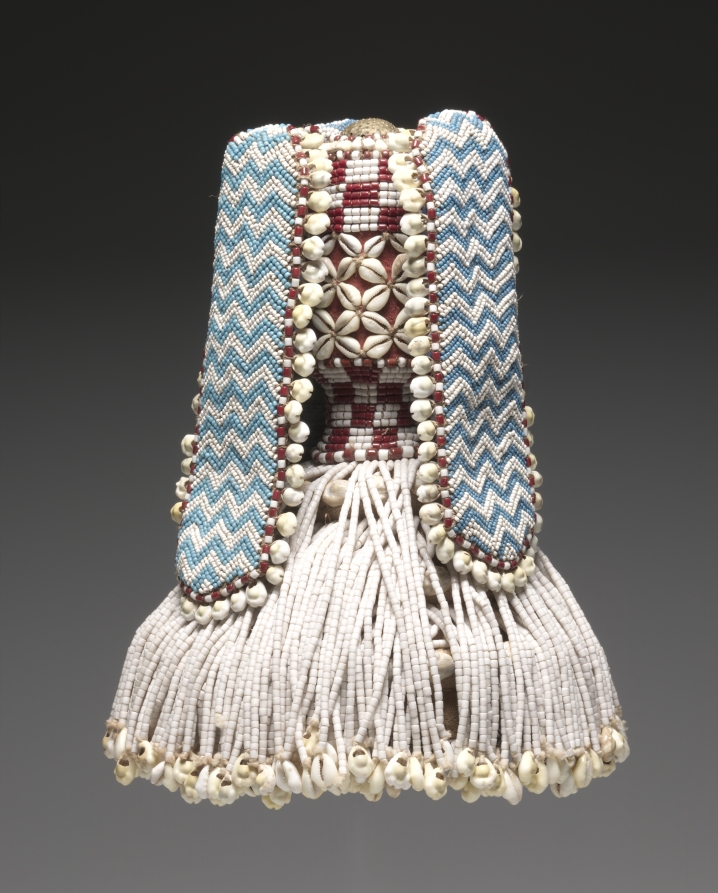
Status and power
Possessing cowries became crucial for the acquisition and display of social and political status across Africa. The shells symbolized power, prestige and wealth. But cowries are also aesthetically pleasing, and that made them valuable in making ornaments, decorating tools of daily use and creating art.
Cowries were also employed in ritual and divination practices in many West African societies, which then were carried across the Atlantic to the Americas. For example, voodoo statues were sometimes decorated with cowries. Cowries were also a symbol of fertility. Women often wore a necklace with one cowry around their neck or waist as a good-luck charm.
For all these reasons, cowries have become a quintessential example of a commodity currency with not only economic but also ritual and social uses.
After the abolition of the transatlantic slave trade in 1803, the trade of cowries from the Maldives collapsed. But it was soon revitalized around 1819, when European traders started to export huge quantities of palm oil from West Africa, for which African producers and traders demanded to be paid in cowries.
During the colonial period, European governments attempted in every way to take cowries out of circulation and replace them with what they considered more “civilized” mediums of exchange, i.e. metal coins and banknotes. This was more difficult than they expected. Cowries were so firmly entrenched in West African exchange systems that a decree from the colonial state was not enough to make people accept a new currency. Moreover, in the early colonial period it was too expensive for Europeans to mint coins with small enough values to replace cowries and then transport them to Africa.

So cowries continued for years to circulate alongside colonial coins — often away from the gaze of the colonial state — and resurfaced in times of currency scarcity. For example, during World War I, colonial coins became scarce all over the continent because metals were needed for the war effort. In some parts of French West Africa, cowries reappeared in the markets to replace coins.
Cowries continued to serve as currency and as value objects beyond the colonial period: There is evidence that cowries were still used as currency in the markets of northern Ghana in the 1970s.
Today, cowries are no longer used as currency in Africa, but they remain symbolically important: They are still used in rituals, and in making ornaments and artistic objects. Their symbolism is also connected to money to this day. The national currency in Ghana is the cedi, which means “cowrie” in the Akan language. The humble shell was featured on some of Ghana’s coins in the 1980s and 1990s. And if you look closely at the facade of the Central Bank of West African States (BCEAO) tower in Cotonou, Benin, you will spy an interesting decoration: cowrie shells.
Read more
Sign up to keep up to date with ReThink Q.
